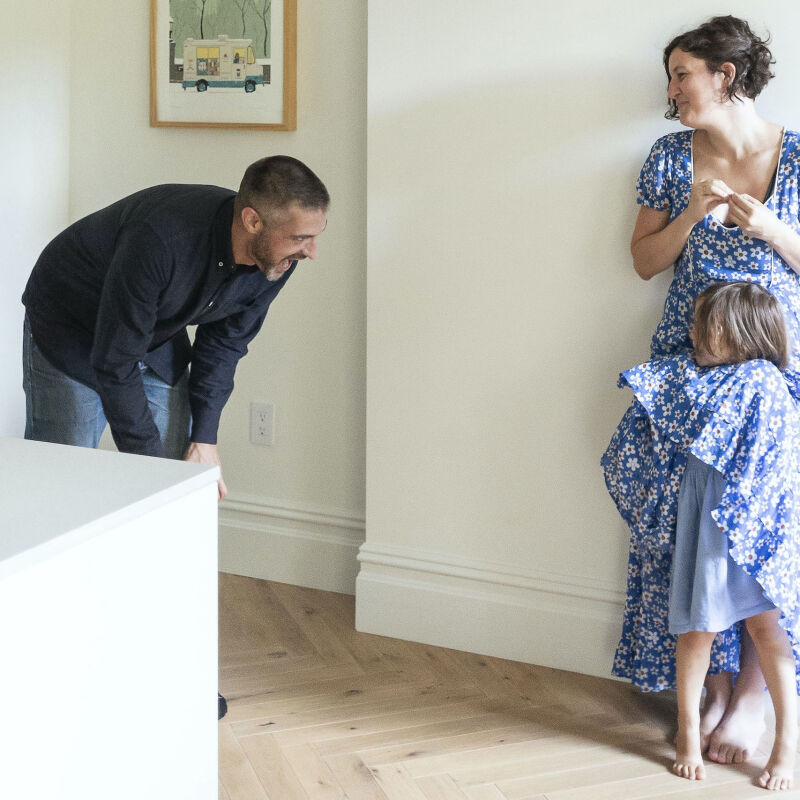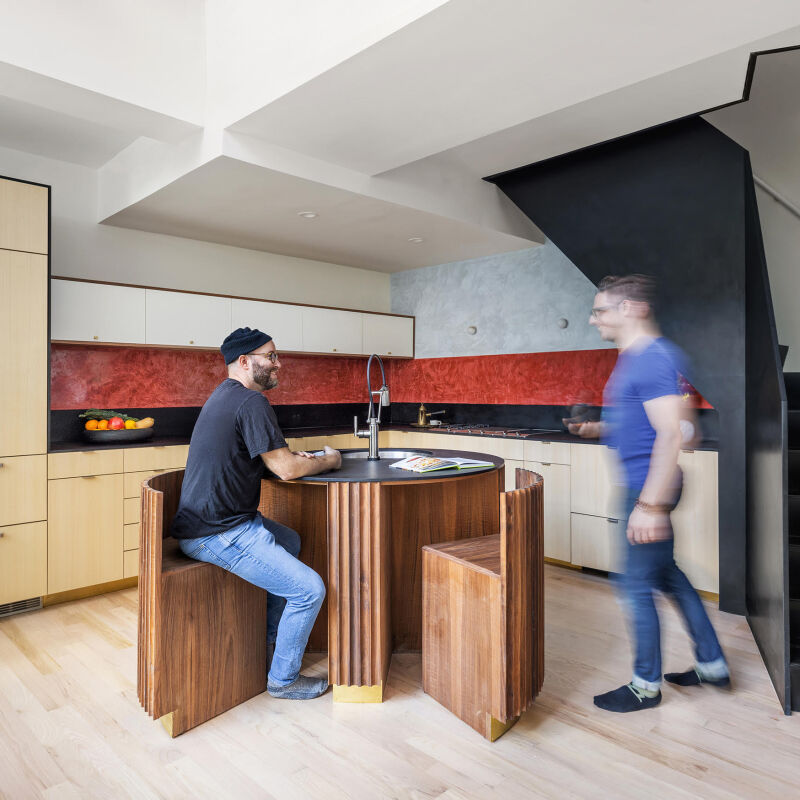A while back, I toured the San Francisco home of Casper Mork-Ulnes (see Architect Visit: Mork-Ulnes in San Francisco) and was intrigued by the stairs made of close to twenty stringers sandwiched together. Stair stringers are typically hidden from view; customarily, three stingers are used as supports for the stair treads and risers. "The board are Douglas fir and were salvaged from the attic," Mork-Ulnes says. "We stripped the paint from the boards and planed them down so we could glue each board together. It is essentially a butcher block stair."



Above: A side view of stair stringers.






Have a Question or Comment About This Post?
Join the conversation